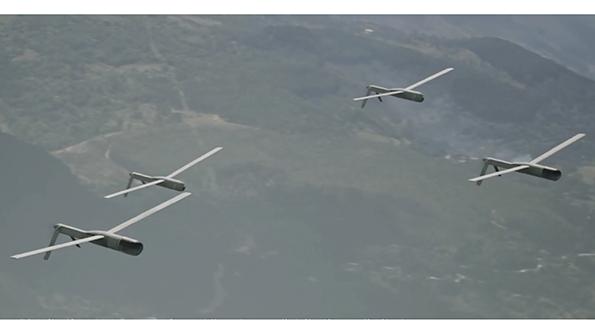
Credit: U.S. Army
Envision a scenario where drone swarms lead future air assault missions by the U.S. Army: Roving dozens of miles deep into enemy territory with sensors, jammers and warheads, these networked air systems will be tasked as an autonomous group to hunt for hostile air defenses, then attack them or send...
Subscription Required
This content requires a subscription to one of the Aviation Week Intelligence Network (AWIN) bundles.
Schedule a demo today to find out how you can access this content and similar content related to your area of the global aviation industry.
Already an AWIN subscriber? Login
Did you know? Aviation Week has won top honors multiple times in the Jesse H. Neal National Business Journalism Awards, the business-to-business media equivalent of the Pulitzer Prizes.


